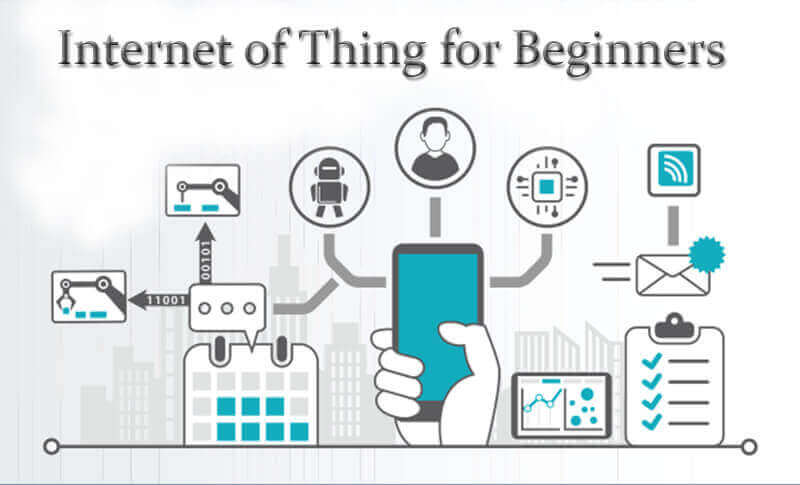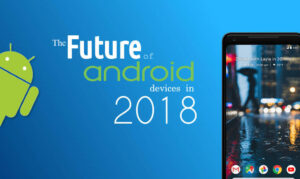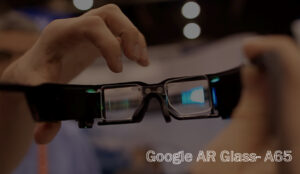Internet of Things for Beginners
What is the Internet of Things (IoT)? IoT refers to the network of devices that collect, send, and act on data using communication hardware, embedded sensors, and processors. It is sometimes also called the “Internet of Everything.” IoT works on a Machine-to-Machine (M2M) communication system, where machines communicate with each other to exchange information. This entire process completes in a cycle, referred to as the IoT lifecycle.
IoT Lifecycle
The IoT lifecycle consists of four main steps:
- Data Collection: IoT devices gather data from various sources, such as homes, offices, and manufacturing plants.
- Communication: The data is sent to a destination through networks like a cloud platform, data center, or a home network.
- Data Analysis: IoT systems analyze the data by visualizing, building reports, and filtering information.
- Action: Based on the analysis, IoT takes action. It can communicate with other machines, send notifications, or interact with other systems.
Technologies Behind IoT
IoT works on four key technologies:
- RFID Technology: Used for tracking and identifying data of things.
- Sensors: Collect and process data to detect changes in the physical state of objects.
- Smart Technology: Enhances network power through advanced processing and network development.
- Nanotechnology: Enables smaller devices to connect and interact with each other.
These technologies allow IoT to perform various actions on things. These include:
- Tagging Things: Tracking and identifying real-time items using RFID technology.
- Feeling Things: Collecting data from the environment using sensors to detect changes.
- Shrinking Things: Utilizing nanotechnology to create smaller devices that can connect and interact.
- Thinking Things: The ability of IoT devices to process and make decisions based on collected data.
Applications of IoT
IoT has a wide range of applications that make it incredibly useful in various fields. Some of the major applications include:
- Manufacturing: Optimizing production processes and enhancing automation.
- Medical and Healthcare Systems: Improving patient care through connected devices and monitoring systems.
- Media: Enhancing user experience and content delivery.
- Energy: Managing energy consumption and optimizing resource use.
- Infrastructure Management: Ensuring the efficient operation of smart cities and public services.
Free Online Courses with Internship Certificate




